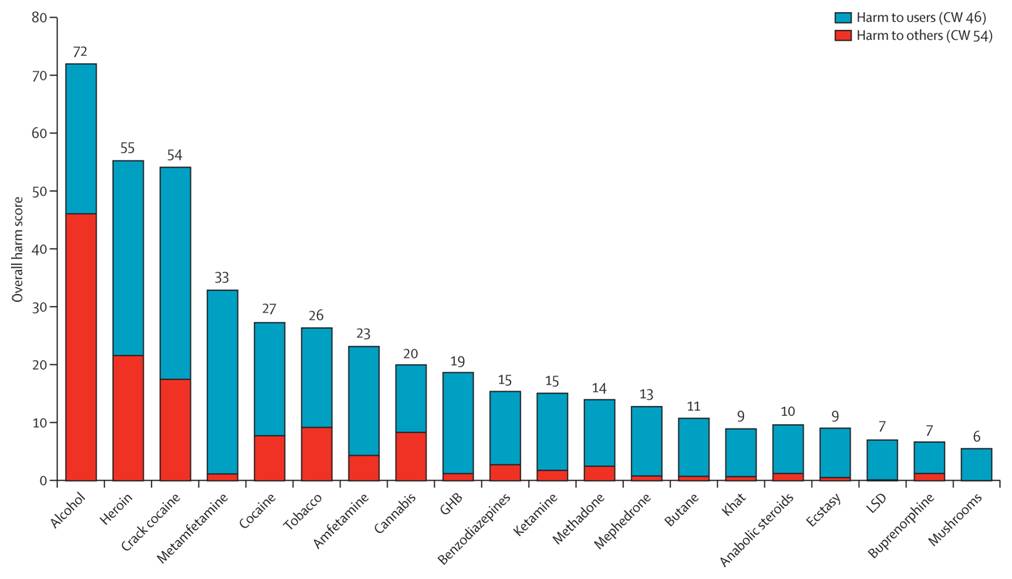- The harmful use of alcohol results in 2.5 million deaths each year.
- 320 000 young people between the age of 15 and 29 die from alcohol-related causes, resulting in 9% of all deaths in that age group.
- Alcohol is the world’s third largest risk factor for disease burden; it is the leading risk factor in the Western Pacific and the Americas and the second largest in Europe.
- Alcohol is associated with many serious social and developmental issues, including violence, child neglect and abuse, and absenteeism in the workplace.

In the UK alcohol causes more harm than any other drug. (Independent Scientific Committee on Drugs)
Eighty per cent of alcohol purchases in Britain are made by 30% of the population. Surveys have shown that about 25% of the population are drinking at hazardous or harmful levels. (Royal College of Physicians). Between 1980 and 2007 beer for home consumption became 139% more affordable (wine during the same period 124% more affordable). Supermarkets frequently sell alcohol at a loss – so heavy drinkers are subsidised by the rest of their customers.
Alcohol consumption tends to fall in a recession, along with disposable income. The Office of National Statistics this week report the proportion of men drinking on five or more days a week fell from 23% in 1998 to 16% in 2011 and that of women from 13% to 9%. But the drop only began to be seen after 2007. Heavy drinking is also falling. But not fast enough.
There is plenty of evidence that alcohol consumption is reduced most effectively by increases in price and reduction in availability. Education doesn’t have much effect. Increased prices lead to delay in the start of drinking among teenagers and reduce the amount drunk. Increased prices reduce the harm caused by alcohol and and have a much greater effect on heavier than lighter drinkers.
Increasing the minimum price of a unit of alcohol to 50p would probably cut overall consumption by 6.9% and result in extra spending of £10 a year for moderate drinkers – perhaps less for those who don’t drink White Cider. There should also be a reduction of around 2.8% in the cost of food and non-alcoholic drink is supermarkets.
